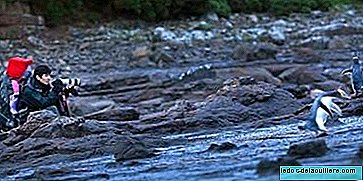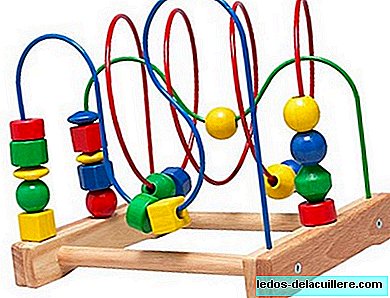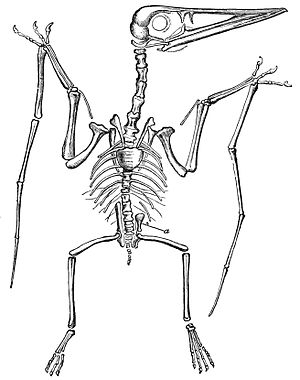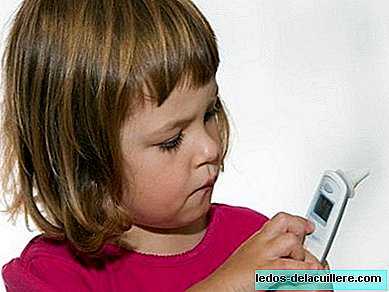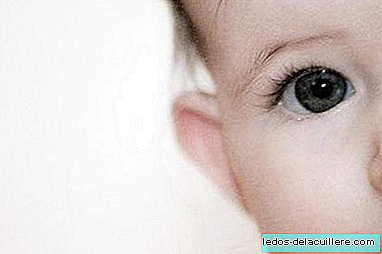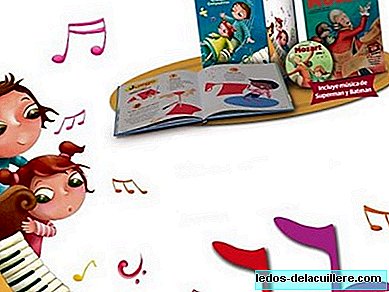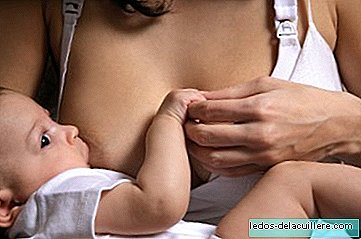
After talking about the different food groups, there are some elements that are part of our usual diet that for one reason or another should be delayed in the diet of babies and today we will talk about those other foods.
Salt (Sodium Chloride)
It is used to season foods and enhance flavor. It should not be abused because of its relationship with diseases in adulthood and is not especially necessary since all foods contain different amounts of minerals and the body gets the sodium and chlorine it needs from them.
Children have a predisposition for sweet and savory taste, and putting salt in meals can make them eat more (because they like it) than they really need. Children are currently drinking more salt than they should. Is better accustom boys and girls to natural flavors.
Sugar
Very little recommended even for adults. It is a refined product that removes fiber, minerals, vitamins and trace elements to be extracted.
All this of what sugar has been devoid of is exactly what it takes to be metabolized in our body, in this way sugar steals these elements from our body. It is said therefore that he has a important demineralizing effect, both dental and systemic, acidifying the blood and stealing calcium from the bones (calcium is released into the bloodstream to balance its pH).
By not providing any nutrient they are empty calories, that is, they provide energy but not minerals or vitamins, or fiber, or the trace elements that have been extracted and what a baby needs is just the opposite, foods that provide energy but also nutrients .
On the other hand, it should be borne in mind that babies already have, as we have said, predisposition for sweet flavors. The rest of the flavors must "learn" little by little. If we sweeten your foods so that you accept them better we are masking their real flavor and predisposing you to only like sweet foods (or more easily reject the other ranges of flavors).
Honey
Honey is the natural alternative to sugar. It also sweetens and is something (just something) healthier (they have a lot of simple sugars and also acidifies the blood and demineralizes the bones, although less).
Honey also has a sweet taste, so we should not abuse it. It can also contain Clostridium Botulinum spores, which can be absorbed by the immature intestine of the infant producing botulism.
Its consumption is discouraged in children under 1 year.
Some authors consider it highly allergenic and advise that it begin to be offered at 3 years.
Nuts
Nuts are dried seeds. They have a high energy content for their lipid percentage and provide protein, calcium and iron.
A few months ago we talked about them in Babies and more and their introduction to feeding at two years was recommended. AESAN recommends that they not be offered until three years to avoid possible allergic reactions.
Another key factor when establishing the best time to give it to children is the possibility of choking, there is literature that establishes the best time towards 4-5 years To avoid this.
The peanut is responsible for many of the serious allergic reactions and since it is increasingly found in more foods (as an additive) the frequency has increased.
Oil
The use of oil in the complementary diet is recommended to increase the calories of the porridge or meals (with the vegetables above all, very low in calories) and to give flavor. Better the olive.
Whole-grain foods
The ideal diet for babies and adults is that in which food is consumed in the most similar way to its presentation in nature.
This means that it is better to eat whole foods since they maintain integral the essential components for the balance of the organism. They are also rich in fibers and therefore facilitate intestinal transit.
It is recommended that they begin to be taken after two years in small quantities so that they are assimilating the amount of fiber they contain gradually.


